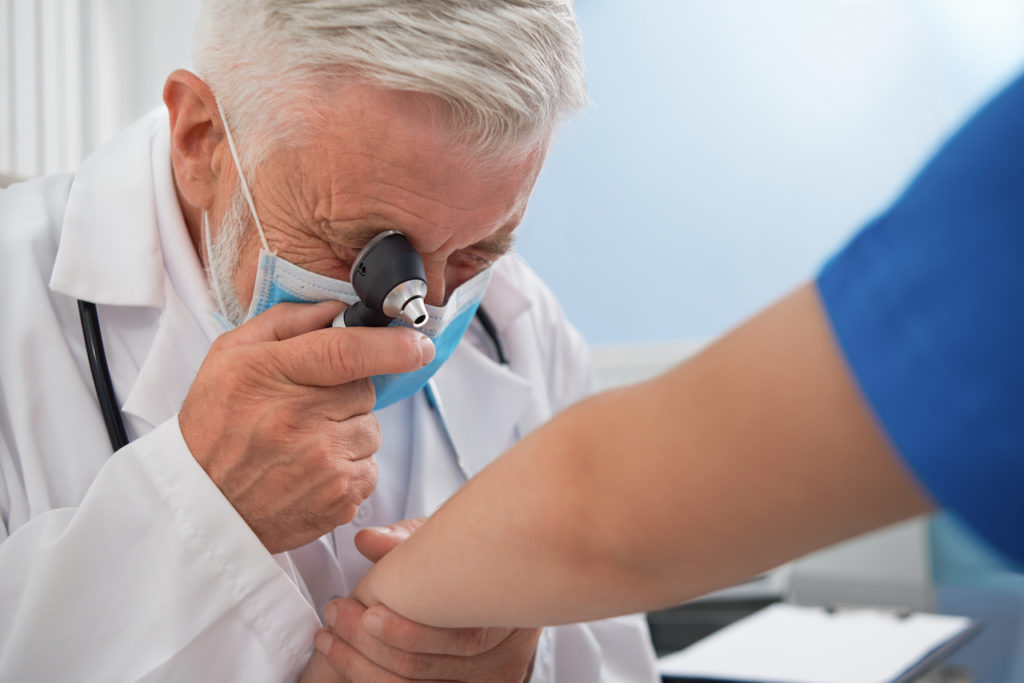Unfortunately, melanoma is often overlooked by dermatologists. This can be for a variety of reasons such as lack of time or resources to conduct thorough examinations, misdiagnosis based on the patient’s age and skin type, or failure to diagnose due to more pressing issues. Here are seven common signs that dermatologists may miss when diagnosing melanoma.
1. Changes In An Existing Mole
It’s very easy to overlook subtle changes to a mole that may be indicative of melanoma. Dermatologists should take time to look for signs of change such as increased size, irregular borders, and differing colors.
2. New Moles Appearing
The appearance of a new mole can be indicative of melanoma. Even if the mole is not changing, it may still be important to monitor for any changes that could suggest skin cancer.
3. Dark Spots On The Skin
While dark spots are common and do not necessarily indicate melanoma, they should still be examined in order to rule out the likelihood of skin cancer.
4. Itchy Or Painful Moles
Itching or tenderness are signs that something may be wrong with a mole and should be monitored for any changes over time.
5. Uneven Surface Texture
If a mole has an uneven surface, it could indicate melanoma and warrant closer examination.
6. Changes In The Appearance Of Skin Pigmentation
Melanoma can cause changes to the pigmentation of adjacent skin and should be monitored for any drastic changes.
7. Fluctuations Texture Over Time
Different textures or a combination of different textures may indicate melanoma and should be closely monitored.
Regular skin cancer screenings are essential for early detection and treatment of melanoma, but it is also important for patients to be aware of the signs that may indicate skin cancer. If any of these signs are present, it is important to get a closer look from a dermatologist in order to rule out the possibility of melanoma.
By paying close attention to their skin and any changes, patients can help their dermatologist catch melanoma in the early stages which improves prognosis and increases the chances of successful treatment. Early detection is key for a positive outcome when it comes to fighting skin cancer.


